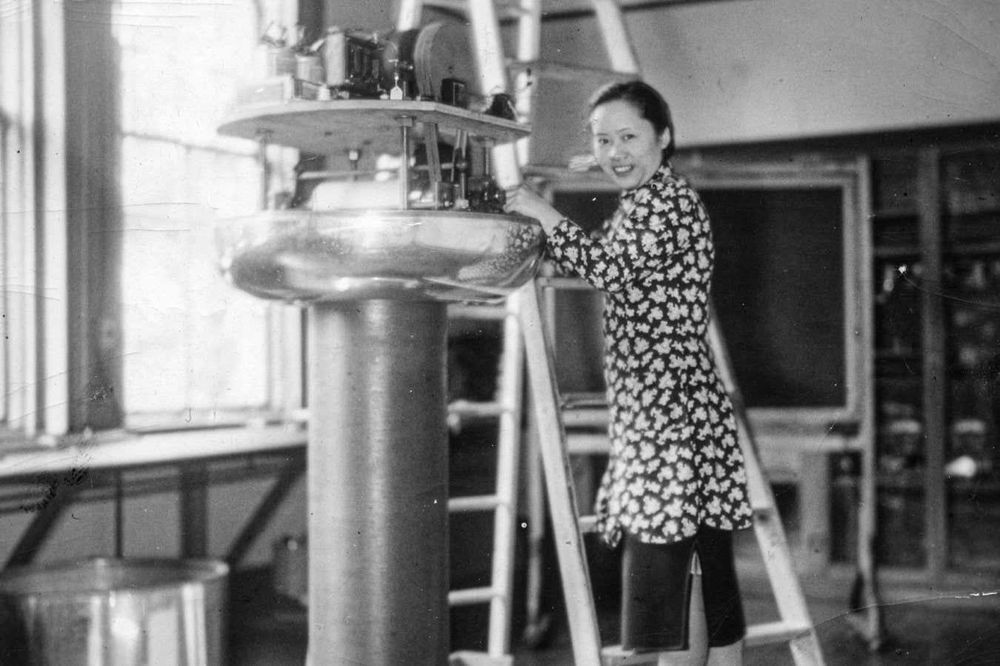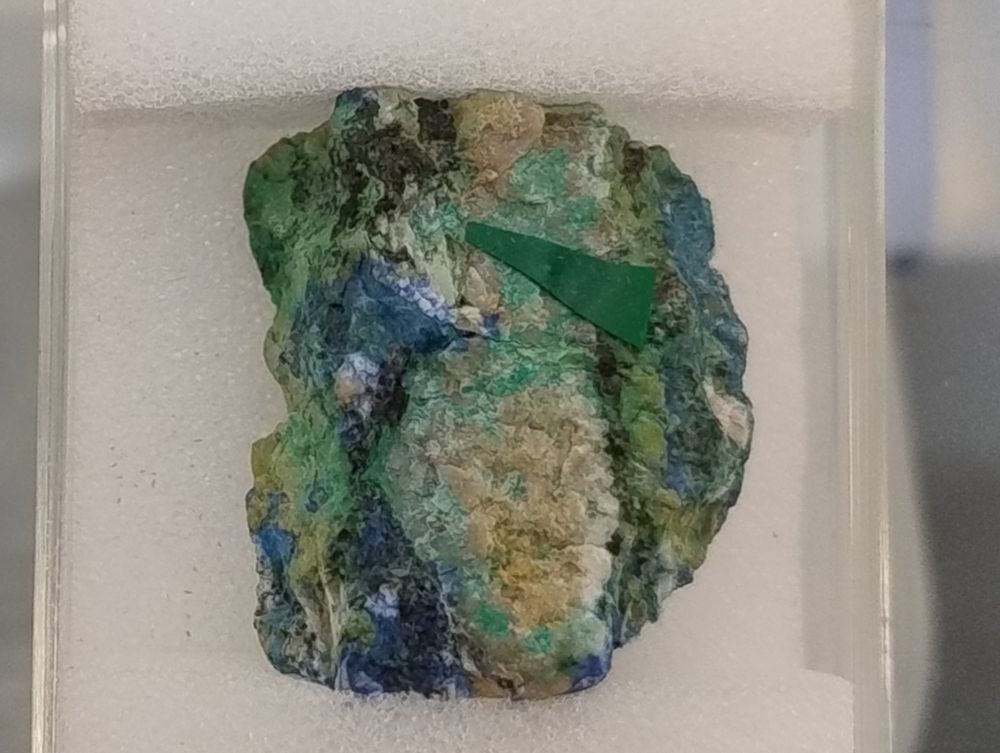

#chemsky 🧪

#chemsky 🧪


#chemsky 🧪
#chemsky 🧪






Quetzalcoatlite:
- Named after Quetzalcoatl, an Aztec and Toltec god of the sea, due to its sea-blue colour
- Forms in the oxidised zone of tellurium-bearing hydrothermal deposits #minerals
- This below is a co-type specimen (one of the specimens used to define the species)

Quetzalcoatlite:
- Named after Quetzalcoatl, an Aztec and Toltec god of the sea, due to its sea-blue colour
- Forms in the oxidised zone of tellurium-bearing hydrothermal deposits #minerals
- This below is a co-type specimen (one of the specimens used to define the species)

James Watson, Co-Discoverer of DNA’s Double Helix, Leaves Behind a Troubling Legacy time.com/5524001/jame...
James Watson, Co-Discoverer of DNA’s Double Helix, Leaves Behind a Troubling Legacy time.com/5524001/jame...



www.chemistryworld.com/news/antiaro...

www.chemistryworld.com/news/antiaro...

pubs.acs.org/doi/10.1021/...

pubs.acs.org/doi/10.1021/...


